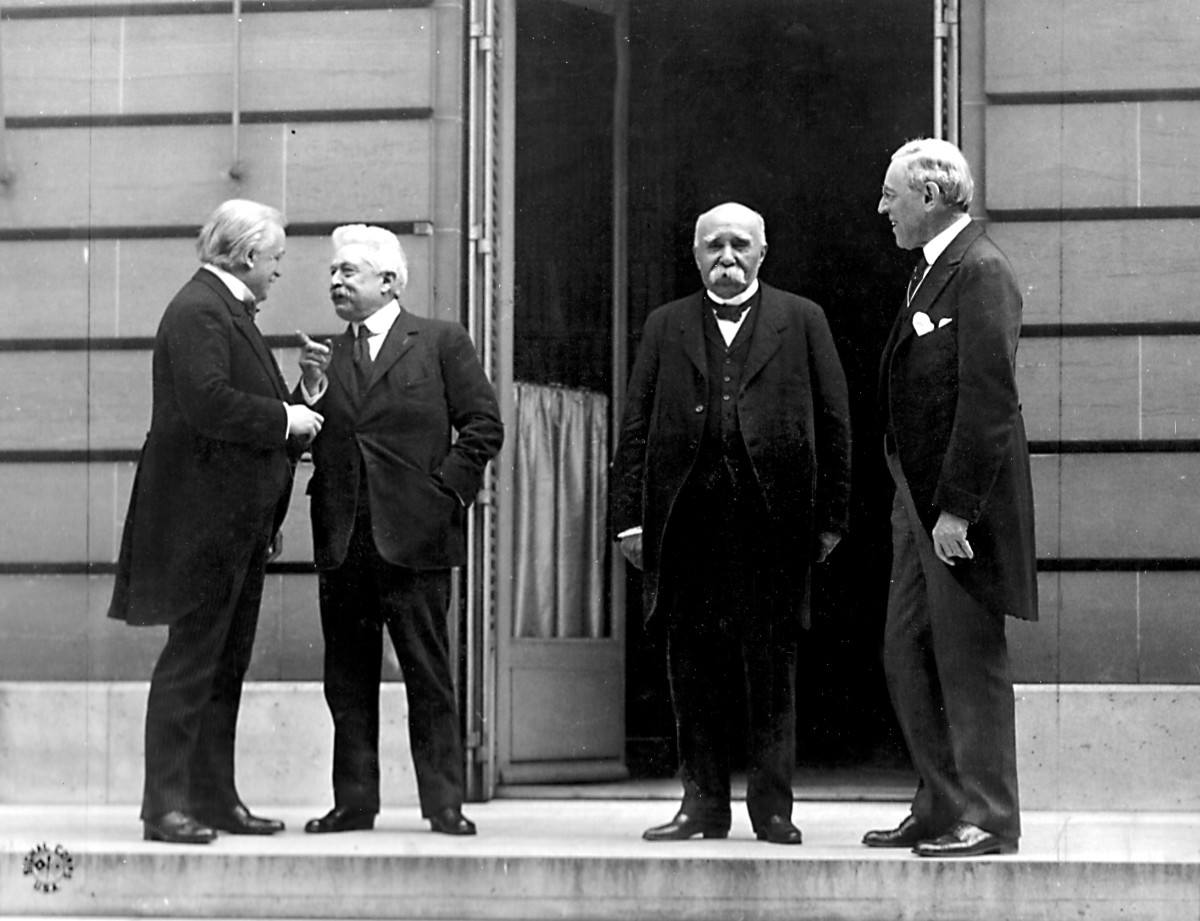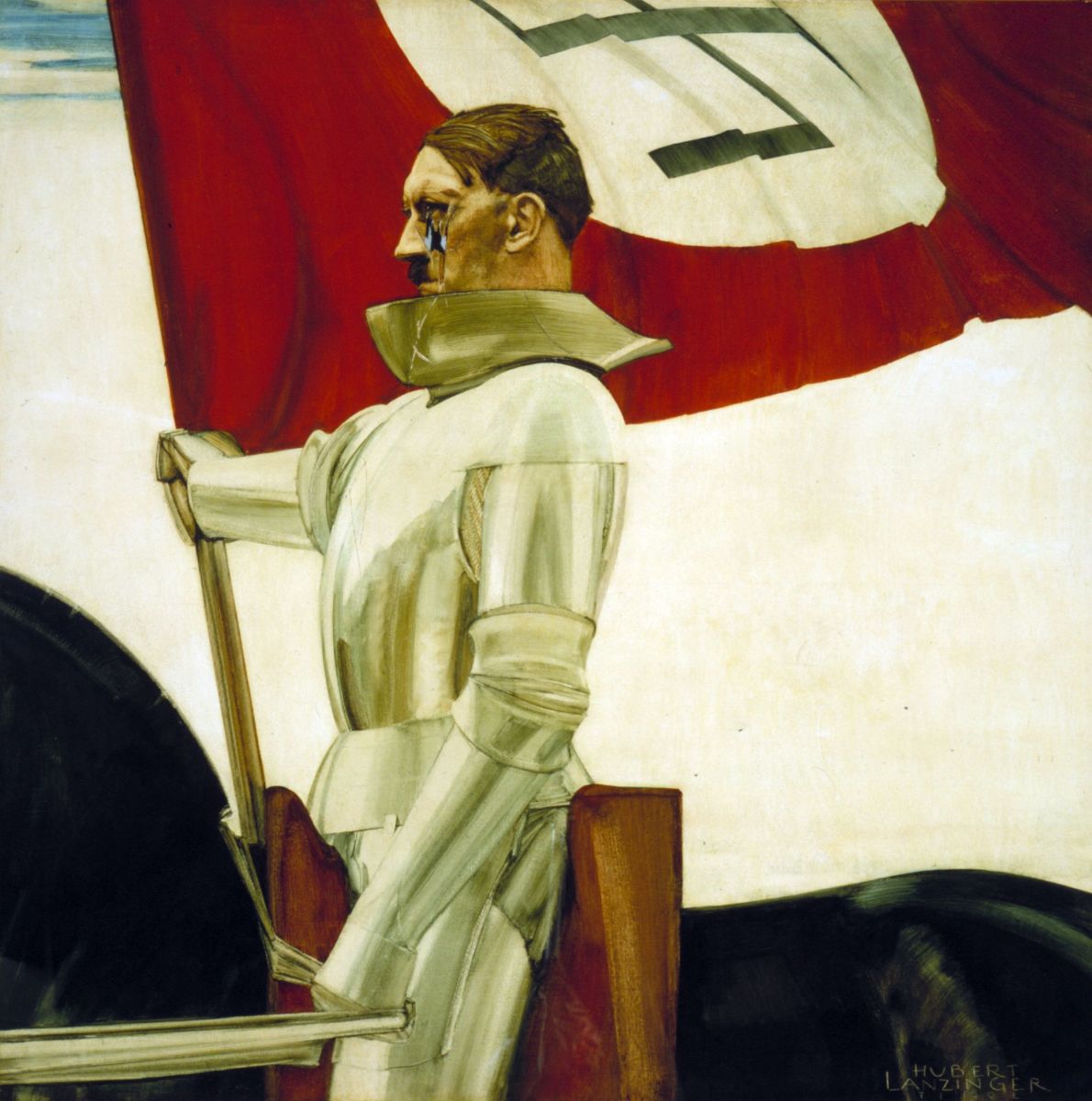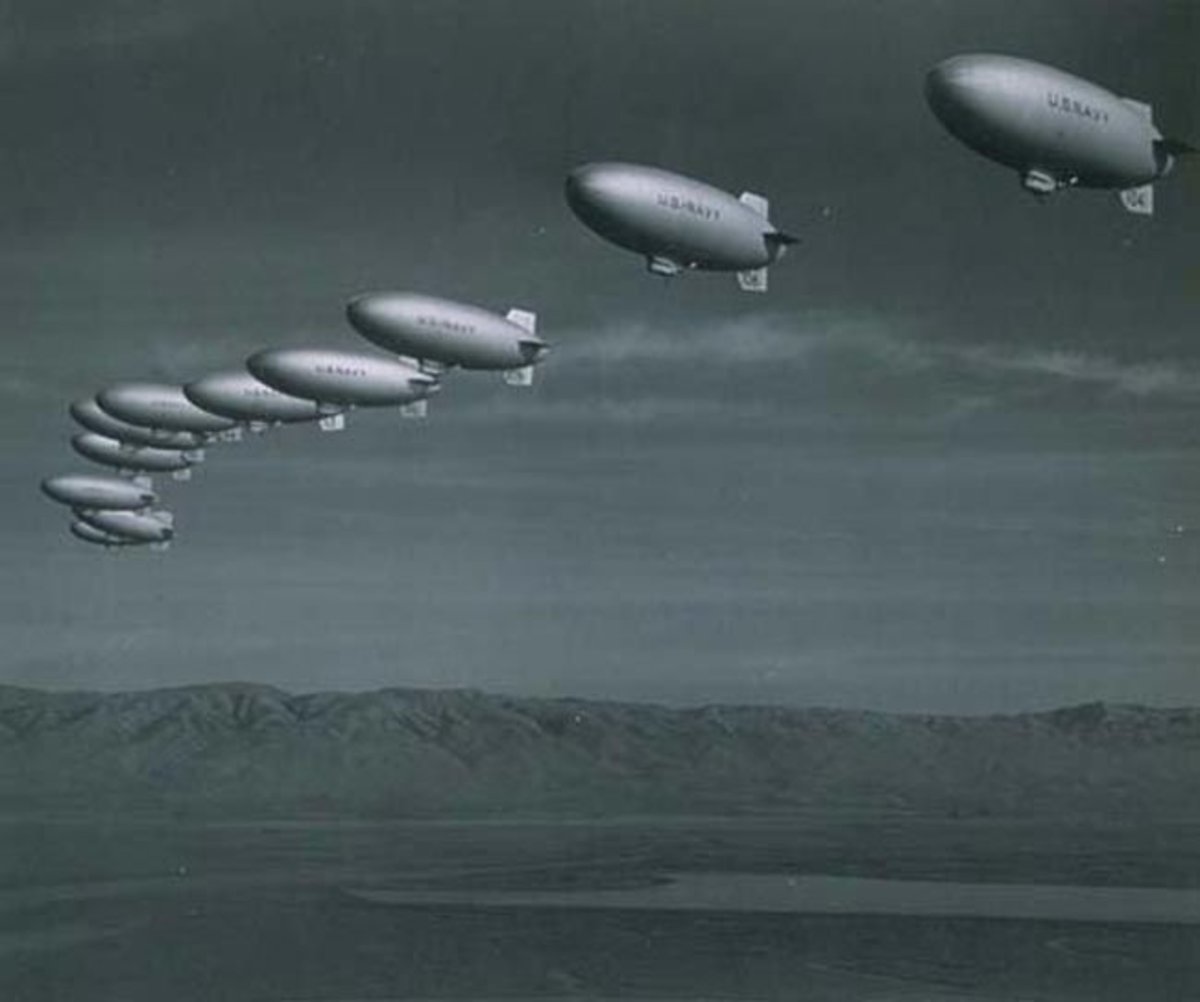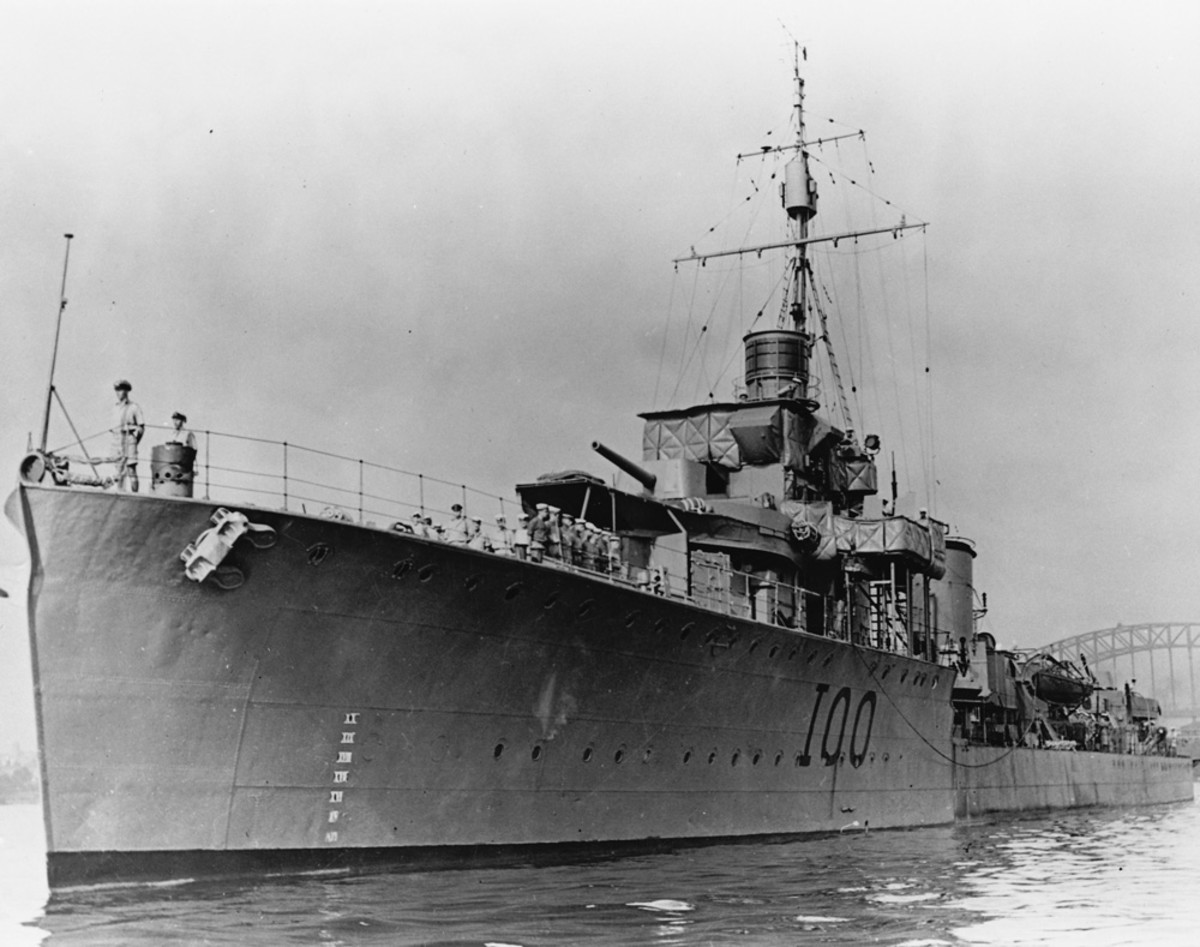- HubPages»
- Education and Science»
- History & Archaeology»
- History of the Modern Era»
- Twentieth Century History
Remilitarization of the Rhineland
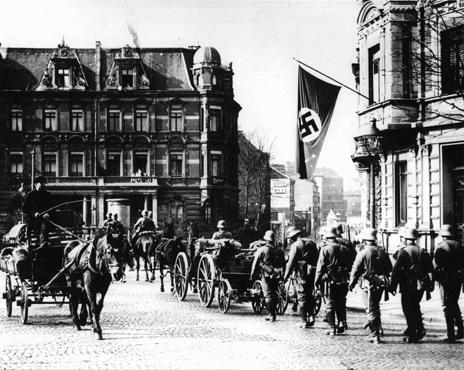
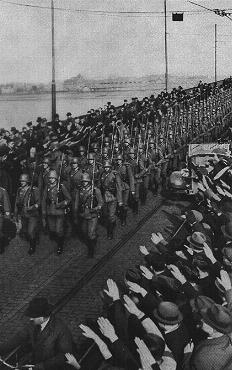
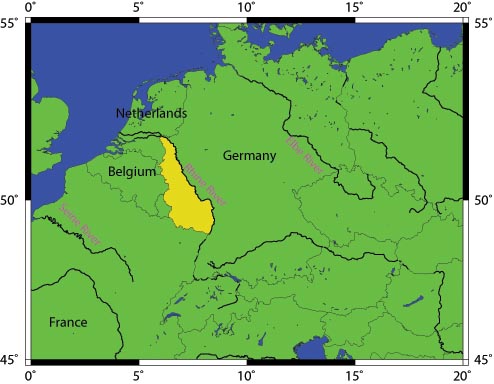
Remilitarization of the Rhineland
A key component of the Treaty of Versailles and later the Treaty of Locarno had to do with the Rhineland, an area of southwest Germany on the frontier with France and Belgium. The Rhineland of southern Germany is the industrial hub of all of Germany, a significant portion of their industrial infrastructure is found there. As part of the treaty, Germany was not to have a military presence in an area from the left side of the Rhine to 30 miles from the east bank. This statute was put in place to provide a buffer for France and Belgium from future German aggression.
In May 1935, Adolf Hitler reaffirmed Germany’s commitment to this portion of the treaty as long as the French and British complied as well. The treaty of Locarno stipulated that the Rhineland remain permanently demilitarized and as long as France and Britain complied, the Germans would too.
In 1935, the French and the Soviet Union signed a mutual assistance treaty in a preemptive move to contain aggression coming from Nazi Germany. In Hitler’s opinion, this was all the reason he needed to remilitarize the Rhineland, to him it was a clear violation of the Treaty of Locarno. Something tells me Hitler would have used just about any excuse to move the Wehrmacht back into the Rhineland.
On 7 March 1936, German military forces crossed the frontier into the Rhineland, in clear violation of the Treaty of Versailles and the Locarno Treaty. After discussion with his top generals, Hitler vowed that if there were any push back from France, then German forces would withdraw back into Germany immediately. The reason was obvious, the Wehrmacht wasn’t fully ready for a military conflict, and Hitler and his generals knew it.
The French of course didn’t act, the reasoning can be debated in perpetuity but it seems to have come down to money. The Great Depression still had the world economy in ruins and France was no exception, at an estimated cost of between 30 and 50 million Francs per month, it was determined that this seemingly ancillary move was not worth the perceived financial burden.
The British response was even more muted, after just 16 years since the last war on the continent the British had no desire for another conflict. Based on the response of both of the interested parties it’s safe to say that Hitler’s gamble in the Rhineland paid off in spades.
Hitler’s motive for this move do not seem to be as clear cut, there is one school of thought that believes that the move was his first step in global domination, the first domino to fall. There is another school of thought that believes the action in the Rhineland was designed to distract the people of Germany from the economic hardships of the Great Depression. In fact it appears to have been a little bit of both, there’s no doubt that Hitler always intended to reoccupy the Rhineland and the timing, as far as the economy was concerned, was perfect.
The people of Germany had always felt betrayed by their leaders when they capitulated in World War One, and the situation in the Rhineland only compounded the issue. Hitler knew that the move back into the Rhineland would enhance his image with the people of Germany by righting a wrong that was perpetrated against them by the Allies of World War One, a catharsis if you will.
Copyright© 2013 RLB
Murray, W., Millett, A.R. (2000). A war to be won: Fighting the second world war. Cambridge, MA: Harvard University Press.
Keegan, J. (1989). The second world war. London, UK: Penguin Books.
Wall, D.D. (1997). Nazi Germany & world war two. Minneapolis, MN: West Publishing Company

